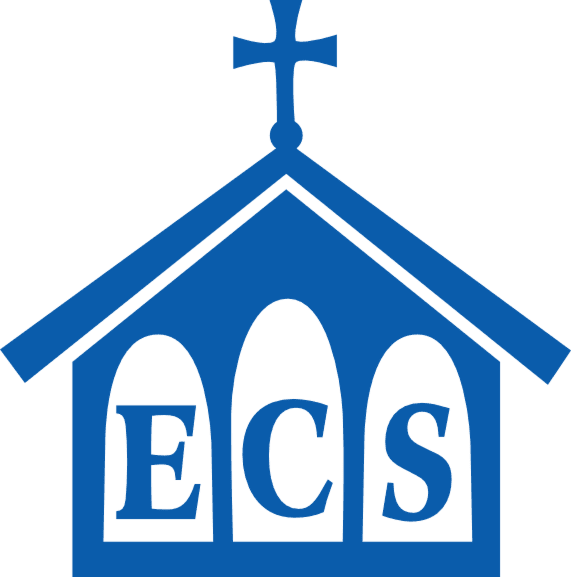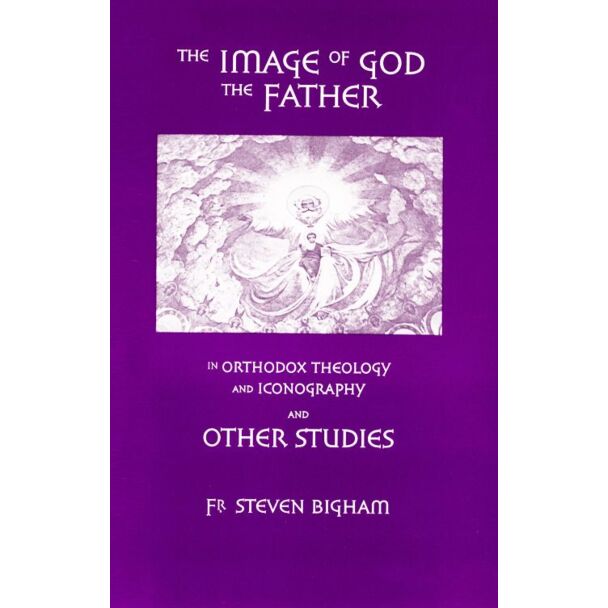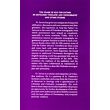The Image of God the Father in Orthodox Theology and Iconography: and Other Studies
Fr Steven has given us a unique set of essays for edification, discussion and even comment and disagreement. His exposition on "God the Father" returns us to the roots of Orthodox iconography from which practitioners have strayed so completely, especially in recent centuries. Today, there is a tremendous interest in authentic iconography engendered by greater freedom to travel in such countries as Russia where eighteenth and century icons of "God the Father" abound. Travelers see these icons and come back with many questions which Fr Steven's study answers. More important, the broad interest in traditional Christianity throughout the English-speaking world has generated this need to present authentic expression of the faith. This continues the tradition of the publisher and the author who have collaborated on translations of other worthy efforts to describe Orthodox iconography and spirituality.
About the Author: Fr Steven is a scholar and researcher of Orthodox tradition. He is a graduate of St Vladimir's Seminary and holds a doctorate from the University of Montreal in theology with a specialization in Christian and Orthodox iconography. His work here in these essays and studies hopefully will present an opportunity for further development of the subjects and more publications about beliefs consistent with the basic pillars of Christianity, Holy Scripture, and Holy Tradition.
259 pages






